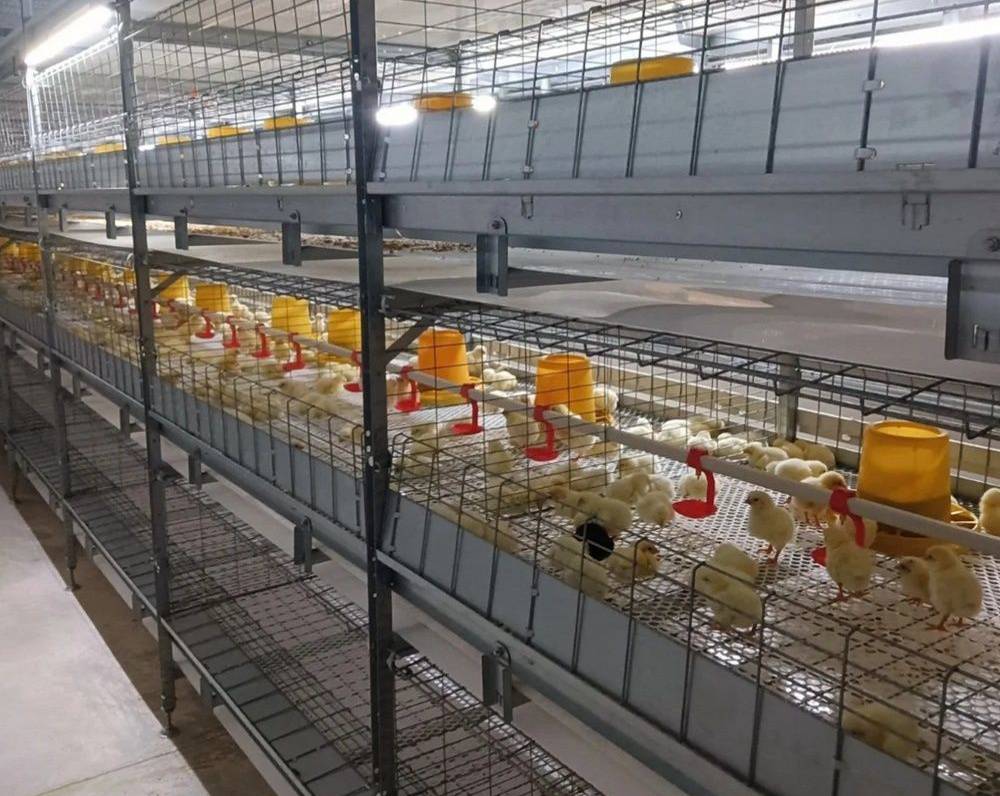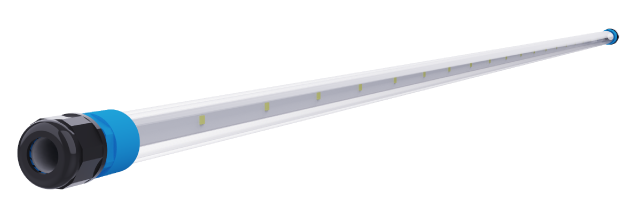Broiler Lighting: Best Light for Chicken Brooder
Broiler Lighting: Best Light for Chicken Brooder

Directory:
1. Introduction
2. Experimental Design and Procedures
3. Key Findings
4. Discussion
1. Introduction
Traditional lighting systems, particularly incandescent lamps, have been widely used in poultry brooding due to their accessibility and historical prevalence. However, growing concerns over energy efficiency, environmental sustainability, and operational costs have prompted the exploration of advanced alternatives. Among these, light-emitting diode (LED) technology stands out for its energy-saving potential, durability, and adaptability. This study examines the viability of transitioning from conventional incandescent lighting to LED systems in broiler brooding, emphasizing performance equivalence, economic benefits, and sustainability.
2. Experimental Design and Procedures
Facility and Setup
The investigation was carried out in a controlled brooding facility designed for commercial poultry farming. The structure featured insulated walls and ceilings constructed with modern composite materials to maintain thermal stability, supported by an energy-efficient heat pump system. The facility was partitioned into two symmetrical units, each housing multi-tiered brooding cages to simulate standard farming conditions.
Participant Selection and Grouping
A large cohort of broiler chicks was divided into four distinct groups to evaluate the effects of different lighting systems. Each group was housed in isolated cages to minimize external influences, with uniform feeding protocols and environmental controls applied across all cohorts.
Lighting Systems and Configuration
The lighting setups for the groups were as follows:
Control Group: Traditional 25 W incandescent lamps (warm spectrum).
Experimental Groups: LED lamps of varying wattages (5 W, 7 W, 9 W), all emitting a warm yellow light spectrum comparable to incandescent bulbs.
Lighting schedules were automated to replicate natural cycles, and external light contamination was mitigated through strategic cage placement and window coverings. Light intensity was systematically measured at multiple cage levels and times of day to ensure consistency.
Data Collection and Analytical Approach
Growth metrics, including weekly weight gain and mortality rates, were monitored to assess brooding performance. Light intensity data were collected using calibrated instruments, and statistical analyses were employed to compare outcomes across groups while controlling for variables.
3. Key Findings
Light Output and Efficiency
Lower-wattage LED lamps (5 W) achieved light intensity levels similar to the 25 W incandescent systems, demonstrating significant energy efficiency. Higher-wattage LEDs (7 W, 9 W) produced incrementally greater intensity without exceeding industry-recommended thresholds for brooding.
Brooding Performance
All lighting systems supported equivalent growth trajectories among chicks, with no statistically significant differences observed in weight uniformity or survival rates. This suggests that LED lamps, when matched to the spectral qualities of incandescent lighting, can maintain production standards.
Economic and Environmental Impact
LED systems substantially reduced energy consumption compared to incandescent lamps, with operational cost savings exceeding 80% in monthly electricity expenditures. Although initial LED investments were higher, extended lifespans and reduced maintenance requirements resulted in lower long-term costs. Additionally, LED technology minimizes heat emission, alleviating cooling demands and enhancing bird comfort.
4. Discussion
Performance Parity and Adaptability
The spectral similarity between LED and incandescent lighting ensured consistent brooding conditions, validating LED as a viable replacement. Programmable dimming features in LED systems further enabled gradual light transitions, mimicking natural dawn and dusk cycles. This adaptability reduces stress in poultry, a factor linked to improved health and productivity.
Sustainability and Industry Implications
Beyond energy savings, LED technology supports sustainable farming practices by eliminating hazardous materials (e.g., mercury in fluorescents) and reducing carbon footprints. The long-term economic benefits align with global trends toward resource-efficient agriculture, offering farmers a competitive edge through cost reduction and environmental stewardship.
Adopting LED lighting in broiler brooding systems presents a compelling alternative to traditional incandescent lamps, delivering equivalent production outcomes while enhancing energy efficiency and sustainability. The transition not only aligns with modern agricultural priorities but also positions poultry operations for long-term economic and environmental resilience. Future research could explore the effects of varied light spectra or dynamic lighting schedules to further optimize poultry welfare and productivity.
5. best light for chicken brooder
T5 LED Poultry Lighting System provides solution for chickens to increase egg output, lower mortality, longer peak production period and improve animal welfare. By using intelligent poultry LED lighting system for raising chickens, it is beneficial for higher quantity and quality of eggs, maturity at a faster rate and higher standard of health, compared with way of chicken raised under traditional light sources.

6. People Also Ask
What Light Bulb for Broiler Chicken?
The optimal light bulb for broiler chickens should balance energy efficiency, growth performance, and welfare. Based on the reviewed literature, LED bulbs (especially cool-white or full-spectrum) are the most recommended due to their superior technical-economic feasibility and positive impacts on production. Key considerations include...more
Do broiler chickens need light at night?
Broiler chickens do not require continuous light at night. Controlled lighting schedules incorporating darkness and intermittent light are essential for optimizing growth, welfare, and health. Below are evidence-based recommendations...more
What is the Best Lighting for Broilers?
The best lighting for broilers depends on a combination of factors, including light source, color, intensity, and photoperiod, which collectively influence growth performance, welfare, and economic efficiency. Based on current research, the following recommendations emerge...more
_thumb.jpg)